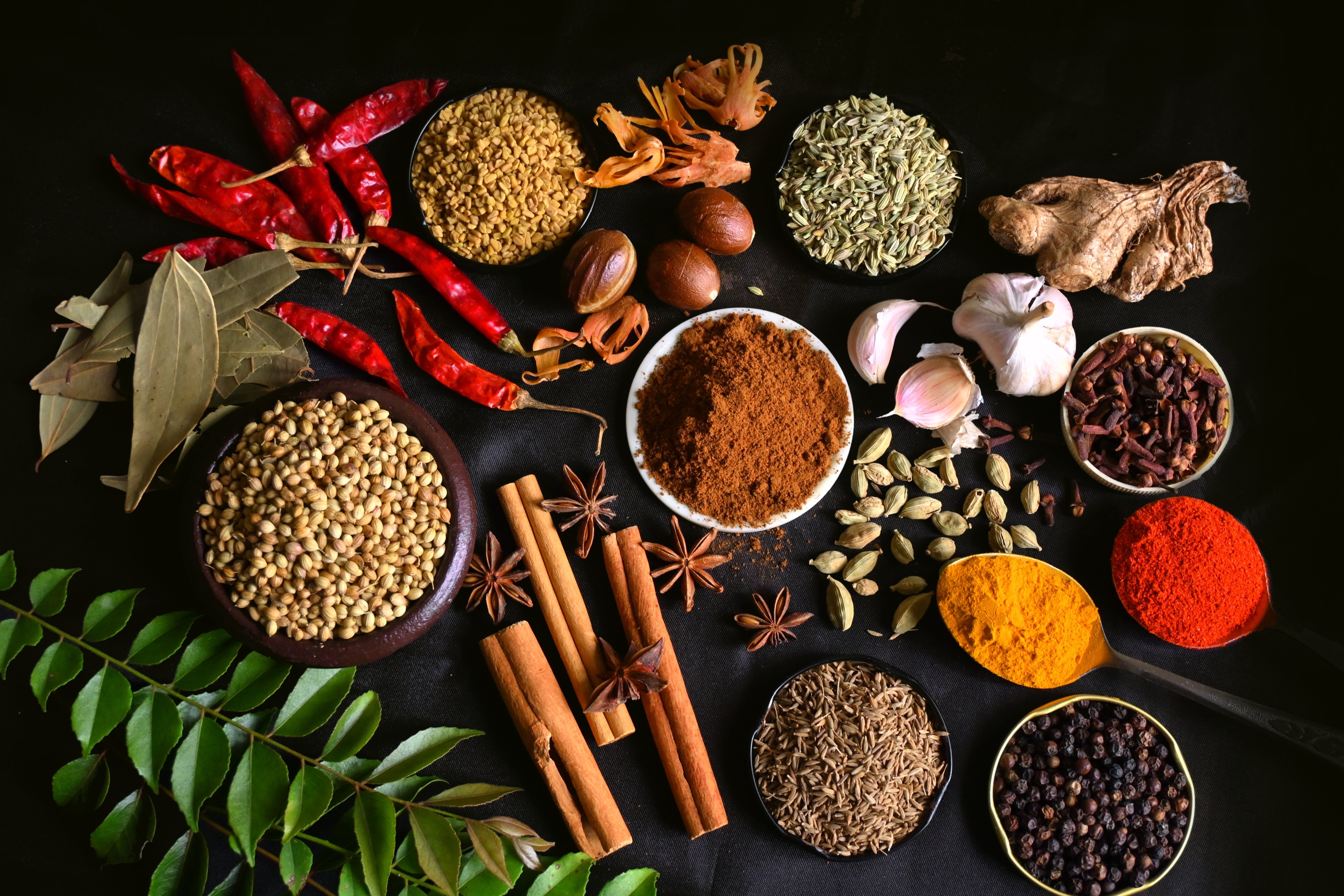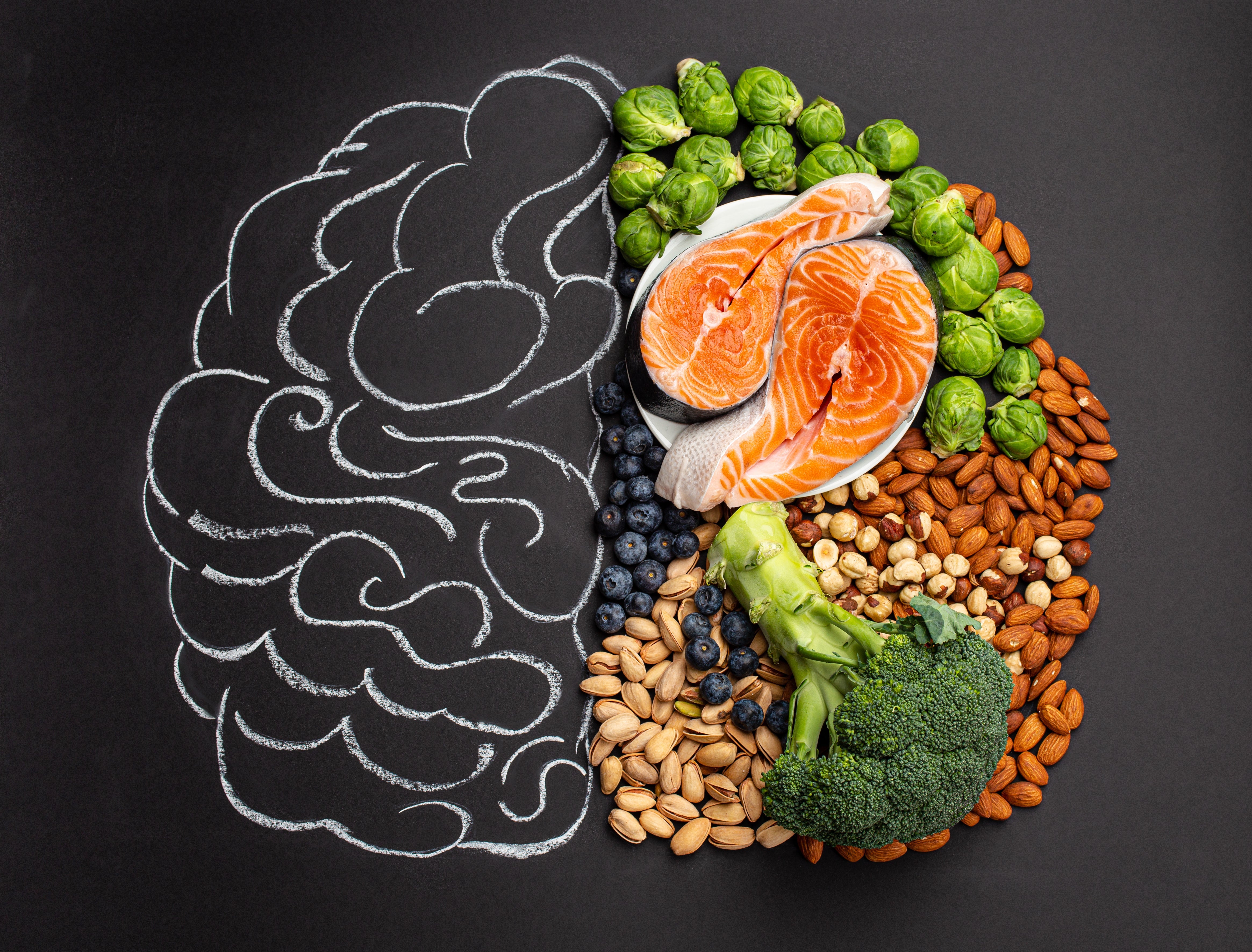Alright, let’s talk metabolism. If you’ve ever wished you could hit a magical reset button on your body’s ability to burn calories, you’re not alone. But before you start Googling “fat-burning hacks” or wasting money on questionable supplements, let’s look at what actually works—real, science-backed herbs and spices that can naturally support metabolism and help your body work with you instead of against you.
The best part? They’re already in your kitchen.
How Herbs and Spices Boost Metabolism
Before we get into the good stuff, let’s clear up some confusion. Metabolism isn’t just about how fast you burn calories at rest. It’s a combination of energy production, digestion, and nutrient absorption—basically, how efficiently your body converts food into fuel.
Certain herbs and spices can: ✅ Increase thermogenesis (your body's ability to generate heat and burn calories). ✅ Improve insulin sensitivity, making it easier to use carbs for energy instead of storing them as fat. ✅ Support digestion, helping your body absorb nutrients more efficiently.
So, if you’re looking for a natural, no-BS way to support metabolism, here are the best herbs and spices to include in your diet.
-
Cayenne Pepper 🔥
Why It Works:
Cayenne contains capsaicin, a compound that increases thermogenesis and fat oxidation. Basically, it makes your body heat up and work harder to cool down, which means more calories burned (Ludy et al., 2011).
How to Use It:
✅ Add a pinch to soups, stir-fries, or scrambled eggs. ✅ Mix it into hot lemon water for a metabolism-boosting morning drink. ✅ If you’re brave, sprinkle it on dark chocolate (sounds weird, but trust me).
-
Ginger 🫚
Why It Works:
Ginger has bioactive compounds like gingerol that help increase calorie burning, reduce inflammation, and improve digestion (Mahluji et al., 2013). It’s also great for gut health, which plays a huge role in metabolism.
How to Use It:
✅ Make fresh ginger tea with hot water, lemon, and honey. ✅ Add grated ginger to stir-fries, marinades, or smoothies. ✅ Try it in golden milk (a mix of turmeric, ginger, and warm milk).
-
Turmeric ✨
Why It Works:
Turmeric contains curcumin, a powerful antioxidant that reduces inflammation and improves insulin sensitivity—two key factors in metabolic health (Ghorbani & Rashidi, 2016).
How to Use It:
✅ Stir into soups, curries, or roasted veggies. ✅ Blend into a turmeric latte with almond milk. ✅ Add a dash to scrambled eggs for an anti-inflammatory kick.
-
Cinnamon 🍂
Why It Works:
Cinnamon helps regulate blood sugar and reduce insulin resistance, making it easier for your body to burn fat instead of storing it (Anderson et al., 2013). Plus, it naturally sweetens foods, so it’s a great way to cut back on sugar.
How to Use It:
✅ Sprinkle on oatmeal, yogurt, or coffee. ✅ Mix into protein shakes or smoothie bowls. ✅ Use in homemade energy bars for a metabolism-friendly snack.
-
Green Tea (Matcha) 🍵
Why It Works:
Green tea (especially matcha) is rich in catechins and caffeine, both of which increase fat oxidation and calorie burn (Hursel et al., 2011). Matcha also gives you a steady energy boost without the crash.
How to Use It:
✅ Drink hot green tea before workouts for an extra fat-burning boost. ✅ Mix matcha powder into smoothies or oatmeal. ✅ Swap out afternoon coffee for matcha to avoid energy crashes.
-
Black Pepper 🖤
Why It Works:
Black pepper contains piperine, which enhances nutrient absorption—especially of turmeric—and boosts metabolism by preventing fat cell formation (Meghwal & Goswami, 2013).
How to Use It:
✅ Add freshly ground black pepper to literally everything (meats, salads, eggs). ✅ Combine with turmeric in curries or soups for max benefits. ✅ Mix into homemade salad dressings for a spicy twist.
-
Garlic 🧄
Why It Works:
Garlic contains allicin, which helps reduce inflammation, regulate blood sugar, and support fat metabolism (Ried et al., 2016). Plus, it’s an immune booster, so it’s a win-win.
How to Use It:
✅ Sauté with veggies, meats, or grains. ✅ Add raw minced garlic to salad dressings or dips. ✅ Roast whole cloves and spread on toast or crackers.
-
Mustard Seeds 🌱
Why It Works:
Mustard seeds contain allyl isothiocyanates, compounds that increase metabolic rate by up to 25% for several hours after eating (Henry et al., 2017).
How to Use It:
✅ Mix into homemade dressings and marinades. ✅ Add to roasted vegetables for extra spice. ✅ Use mustard as a condiment instead of sugary sauces.
How to Incorporate These Spices Daily
🚀 Morning Boost: Cinnamon in oatmeal + matcha tea. 🔥 Lunch Power: Turmeric and black pepper in a grain bowl. 💪 Pre-Workout: Cayenne and garlic in a stir-fry. 🌿 Dinner Recovery: Ginger and mustard seeds in a protein-rich dish.
The key here? Consistency. These spices won’t turn you into a calorie-burning machine overnight, but using them regularly can help support metabolism, regulate blood sugar, and improve digestion over time.
Final Thoughts: Small Tweaks, Big Wins
You don’t need to overhaul your diet—just start sprinkling in these metabolism-boosting powerhouses where you can. The best part? They don’t just help you burn fat; they also support digestion, reduce inflammation, and improve overall health.
So, the next time you’re in the kitchen, grab that cinnamon shaker or throw an extra dash of cayenne into your meal. Your metabolism will thank you.
References
-
Ludy, M.J., et al. (2011). "The effects of capsaicin and capsiate on energy balance." Appetite.
-
Mahluji, S., et al. (2013). "The effects of ginger on lipid levels and blood sugar." International Journal of Food Sciences and Nutrition.
-
Ghorbani, Z., & Rashidi, M. (2016). "Anti-inflammatory effects of curcumin." Phytotherapy Research.
-
Anderson, R.A., et al. (2013). "Cinnamon extract improves insulin function." Journal of the American College of Nutrition.
-
Hursel, R., et al. (2011). "The thermogenic properties of green tea catechins." Obesity Reviews.
-
Meghwal, M., & Goswami, T.K. (2013). "Piperine—The bioactive compound of black pepper." Critical Reviews in Food Science and Nutrition.
-
Ried, K., et al. (2016). "Garlic consumption and cardiovascular health." Nutrition Research Reviews.
-
Henry, C.J., et al. (2017). "The metabolic impact of mustard seeds." Food Chemistry.
Meet Fitnexa, your AI-driven companion that turns everyday habits into a positive, uplifting journey. From effortless meal analysis (including recipe suggestions) to personalized coaching and real-time support, Fitnexa keeps you on track toward lasting wellness — so you can stay younger, live longer.
https://apple.co/4hr8JGW








Leave a comment
This site is protected by hCaptcha and the hCaptcha Privacy Policy and Terms of Service apply.